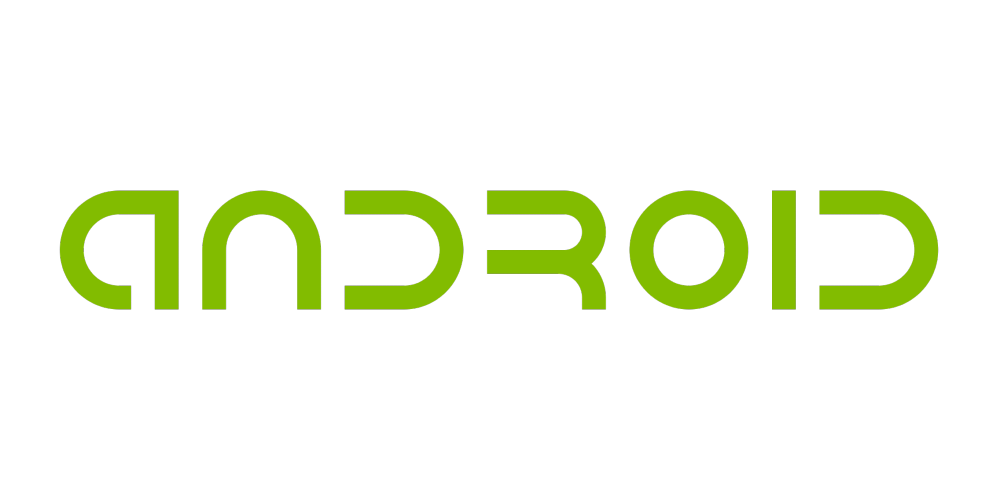Unveiling Android 13: The Reigning Champion of Android Distribution a Year After its Debut
- 2023-10-31
- 0 Comments

The world never sleeps, and neither does the relentless progress of Android's operating system (OS) versions. The evolution is constant, with one version superseding another. Interestingly, the latest data on Android's distribution statistics has cast light on a compelling fact: Android 13, the version released over a year ago, now holds the title as the most popular Android OS. This might come as a surprise to some, especially given Google's tendency to keep such statistics under wraps, making these revelations an infrequent occurrence. This information emerged following Google's update of Android's distribution numbers in Android Studio, which revealed statistics collected up until October 1, 2023.
A deeper dive into these statistics reveals why Android 13 is at the forefront. The updated numbers indicate that Android 13 now runs on 22.4% of devices, a significant increase of 7.4% in just four months since the last distribution numbers were published. To many, this might seem like a quantum leap considering the young age of Android 13. The surge can be attributed to more devices being launched with Android 13 as the default OS and the updating of many budget Android smartphones to this version. However, this increase might hit a plateau soon, with the recent release of Android 14.
Despite Android 13 taking centre stage, it’s important to note the persistent prominence of its predecessors. Android 11, for instance, is the second-most popular version, yet it witnessed a slight decline to 21.6% from 23.1%. Interestingly, Android 10 also maintains a strong presence, being the third-most popular version, running on 16.1% of all devices that accessed the Play Store until October 1, 2023. Meanwhile, Android 12, a relatively newer version, saw a drop in its share to 15.8% from 16.3%, positioning it as the fourth most popular release of the OS.
As the data paints a picture of the Android landscape, one can't help but raise eyebrows at the statistics associated with Android 9. Despite reaching its end-of-life stage, it accounts for 10.5% of the distribution numbers, indicating its persistent use. No longer eligible for updates, these devices will likely see a gradual decline in numbers as users transition to newer phones and tablets. Android 14's absence from this distribution chart is not shocking, given its stable build was released just days after the data was collated.
In conclusion, the Android ecosystem's fragmentation is a well-documented issue. While the rise of Android 13 is encouraging, there's room for improvement in terms of software support and rollout speeds from Android manufacturers. It's vital that they bolster their promises of longer software support with actions. Despite the release of Android 14 at the beginning of October, its update has only found its way to select Samsung and Xiaomi phones. The road to an efficient and smooth Android distribution is still under construction, but these statistics offer a glimmer of hope that we're heading in the right direction.






Leave a comment